Historic sites in Southern England
Stonehenge.
This post reprises a one-day tour taking in two important historic sites in Southern England.
First, we departed our lodgings near Chichester in southern England and drove west towards Salisbury where we visited two important sites, namely Old Sarum and Stonehenge.Weather was relatively benign
Old Sarum
This is a hilltop location with a period of human occupation lasting about 4000 years, from the Neolithic to the medieval. Around 400 BC the site was an Iron-Age hill fort but the Romans appear to have ignored it. Next, the Saxons acquired control around the 6th century and it was used as stronghold against Viking attacks. Final phase was the medieval period when the invading Normans built a motte-and- bailey castle which evolved into a power base for Henry I comprising castle, cathedral and royal palace.
In the 13th century a new cathedral was built in what is now Salisbury and Old Sarum was abandoned and went into decline.
Video clip of Old Sarum
Next, we moved on to nearby Stonehenge.
Information on the Stonehenge site.
The basic Stonehenge structure visible today dates from around 2500 BC but was not the result of a single, one-off project. The structure on the site evolved over a long period of time. In fact, analysis of post holes located underneath the current car park (parking lot) indicate human occupation dating back to about 8000 BC. Here is an approximate chronological progression:
♦Phase 1, 3200 BC: A spacious earthen ring with a central timber setting and an outlying stone. Such earthen rings are known as ‘henges’.
♦Phase 2, 2200 BC: Two unfinished circles of Welsh bluestones replaced the posts and an earthen avenue was laid out.
♦Phase 3, 2000 BC: The two circles were removed and replaced by the lintelled sarsen ring and internal horseshoe of five trilithons.
♦Phase 4, 1600 BC: The bluestones were returned. Outlines of a bronze dagger, axes and stylised images were carved at cardinal points on the stones.
Clearly, over a very long period of time, the Stonehenge site was deemed very special and treated with reverence and activity. Over the years people have speculated on the purpose of the structure with suggestions including: a druid temple, fertility rites, a primitive astronomical computer and sun worship. A large number of cremation burials have been found on the site. Latest thinking is that Stonehenge, like similar structures, represents a transition from this world into the next and a representation of how the other world creates life in a never-ending circle. In the latter theory, the stones not only represent the dead but physically are the dead. Alignment of Stonehenge to the summer and winter solstices is evident, a feature which may have been important to the builders and users of Stonehenge.
→Bluestones: It is believed there were originally eighty bluestones used in the structure of which forty-three remain. These are synonymous with Stonehenge but there are competing theories as to their source, viz:
- In the early 1920s it was postulated that the stones were of Preseli Spotted Dolerite and emanated from a specific quarry in north Pembrokeshire, West Wales. To transport these four ton monsters the two hundred miles to Stonehenge in prehistoric times would have entailed a heroic exercise in logistics, involving a combination of rolling, dragging and floating to the site on the banks of the River Avon in Wiltshire.This theory is now accepted as the most likely. Refer this post for more information.
- The stones were in the locality as a function of glacial movements.
→Technology: It is evident the builders of Stonehenge were adept in woodworking and transported those skills to stone working. For example, classic mortise and tenon joints were used to connect the lintels with supporting sarsens. To place both uprights and lintels in position with the primitive technology of the day represented a stunning achievement. Some sort of earthen ramps may have been employed.
→Sarsens: Around 2000 BC some thirty, 20-50 ton blocks of sandstone were transported approximately 18 miles from a source in the Marlborough Downs. Another heroic effort for this period of history.
→Aubrey Holes: Around 2400 BC fifty-six pits were dug along the inner edge of the henge and then filled in. Subsequently, they were re-dug to receive human cremations.
→The People of Stonehenge: A significant population must have existed at this time. They appear to have been skilled farmers growing wheat and barley and keeping pigs and sheep. Diet may have supplemented with wild fruit, peas, lentils, nuts and honey. Houses (huts) would have been of wooden construction with wattle and daub walls. Clothing would have comprised items made from leather, wool and skins.
Finally, we transferred to Salisbury and checked into our lodgings for the night.
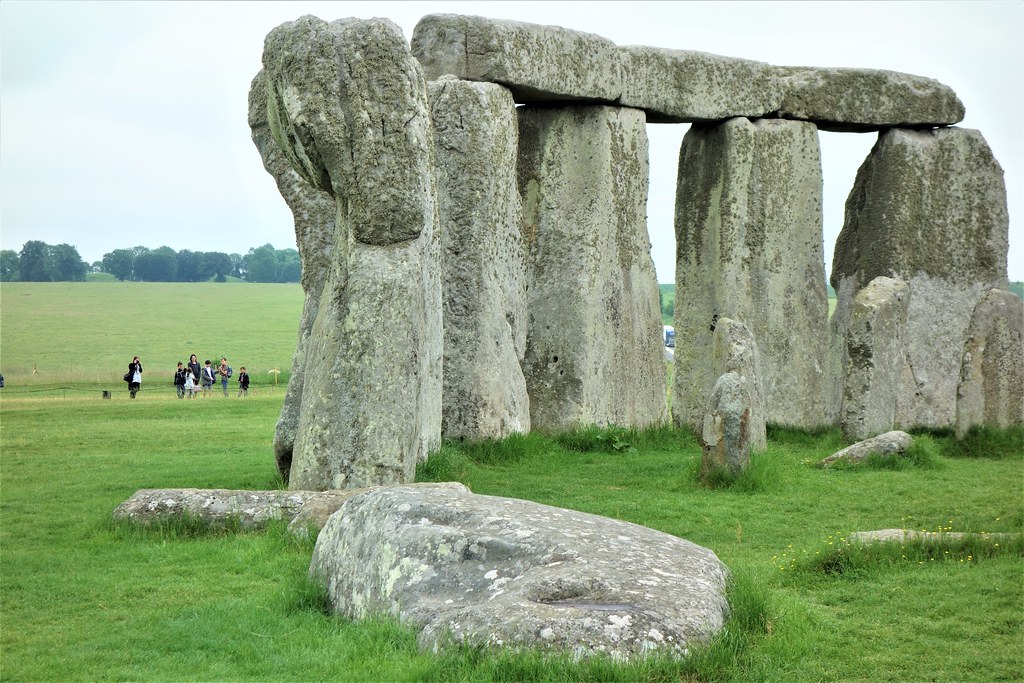

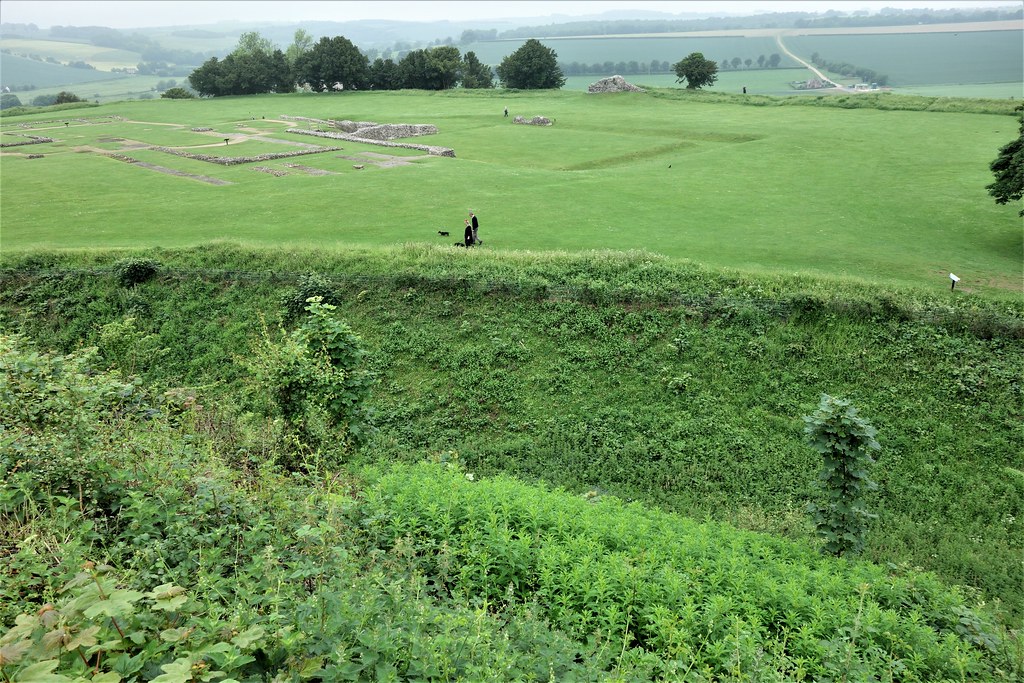

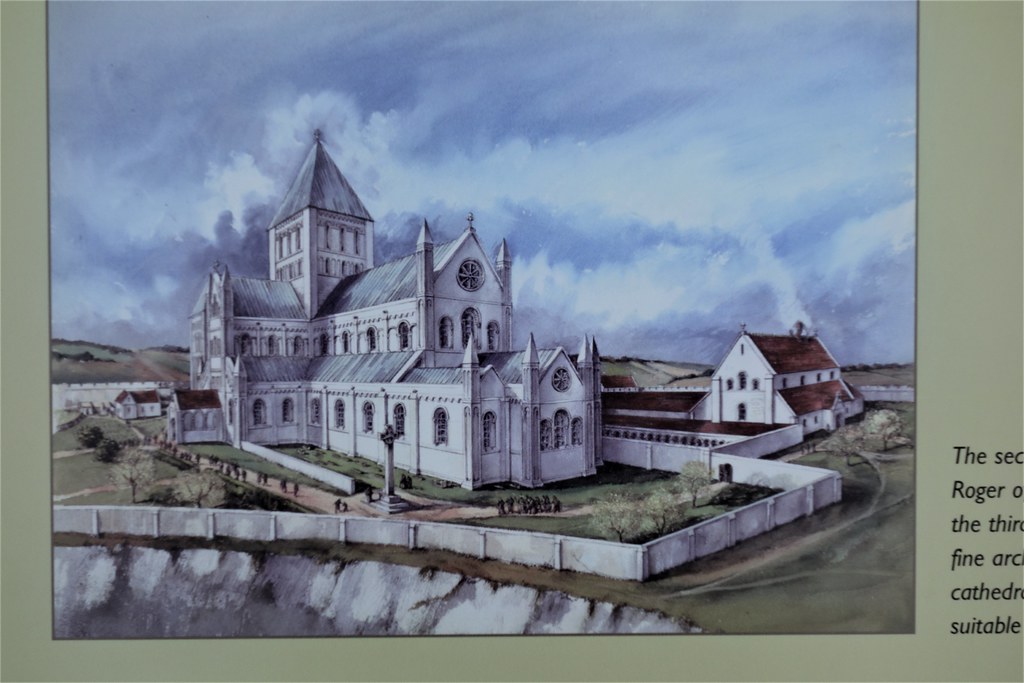
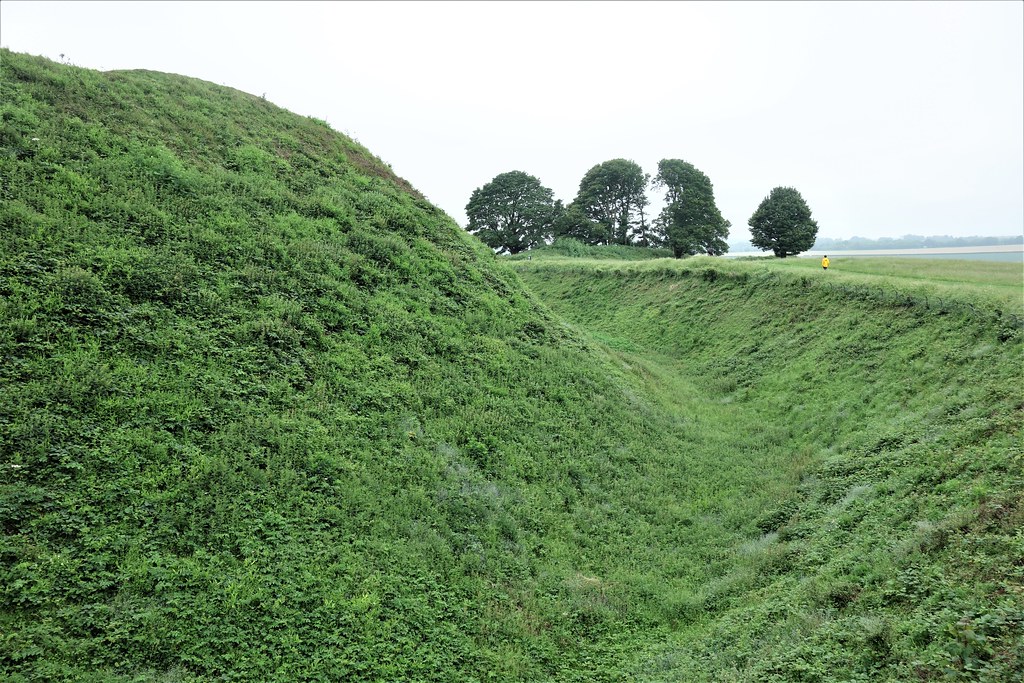
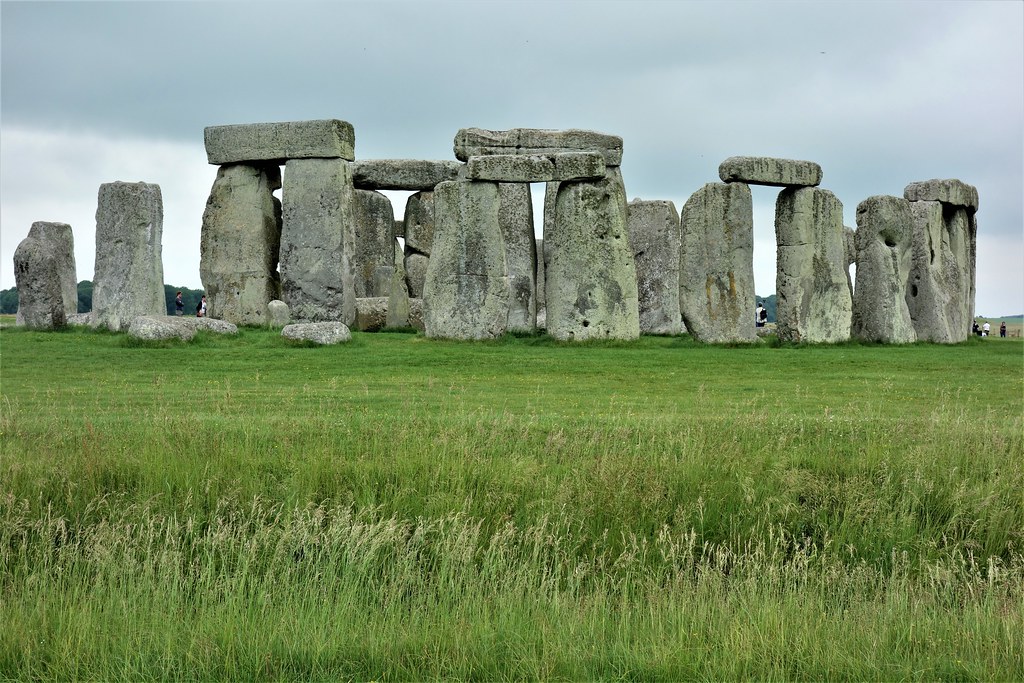
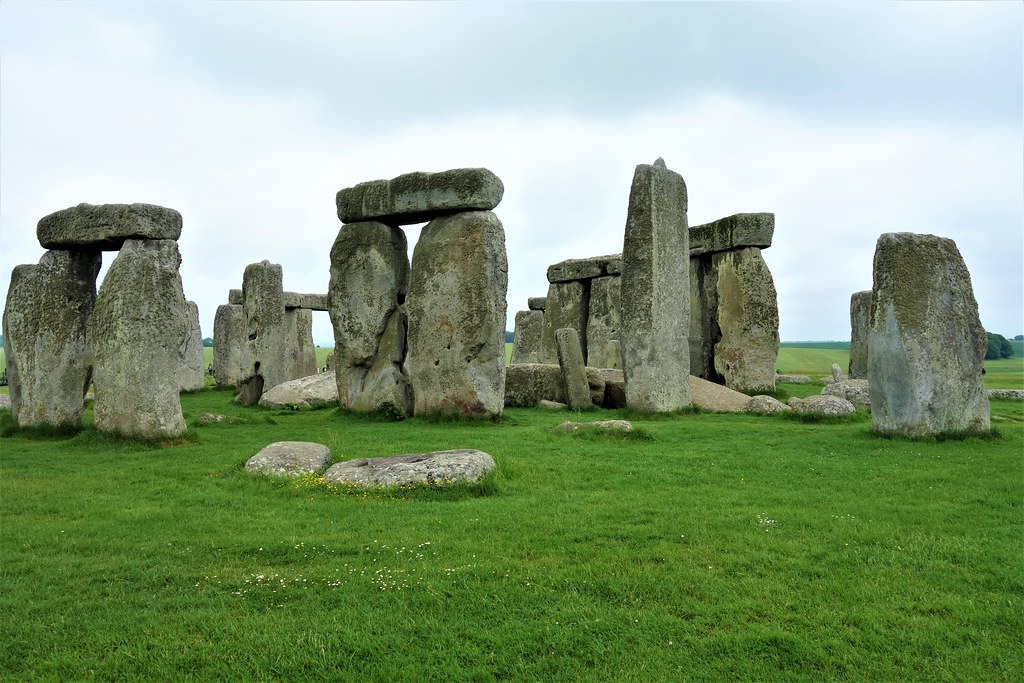

Comments
Post a Comment